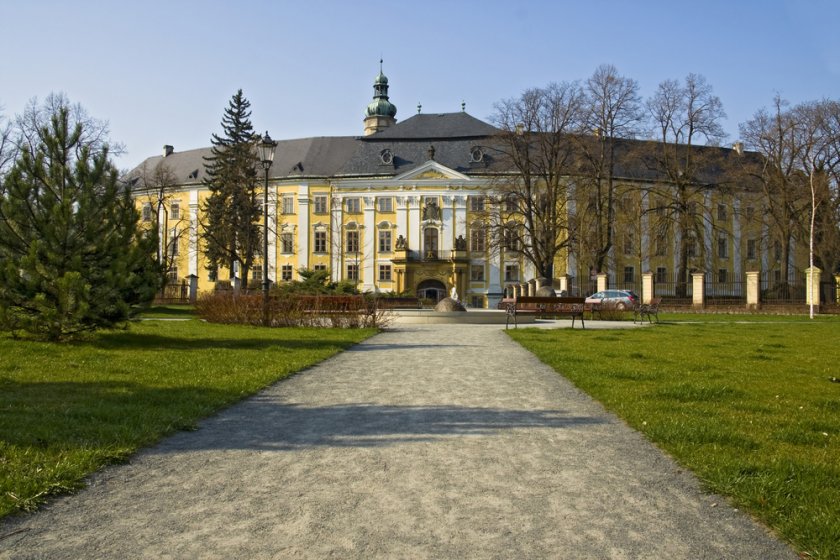Bruntál
The district town of Bruntál can be found in the Low Jeseník in the Moravian-Silesian Region, and although it is not generally so well known and visited, it has one important primacy. It is the oldest city in the Czech Republic. In addition, its historic core is a city monument reserve and is surrounded by extremely picturesque surroundings and nature, with Praděd as the second highest mountain in our country, almost around the corner.
Information for visitors
Interesting facts Bruntál
History of the town
The town of Bruntál is first documented in historical sources in 1213. It was founded by the brother of Přemysl Otakar II, the Moravian Margrave Vladislav Jindřich, and due to the date of its foundation it is, as already mentioned, our oldest town. The Uničov Charter was issued in 1223, from which it is clear that ten years ago, in 1213, Bruntál was the first municipality in the Czech lands to be granted Magdeburg town law. Until 1352, Bruntál thus functioned as an appeal seat for all towns with this right in the territory of Moravia, even for nearby Olomouc.
For a long time, the city prospered mainly due to the mining of precious metals. Bruntál became a landowner and in connection with this he was granted numerous privileges and privileges and was able to develop rapidly. In the 13th century, colonization took place here and crafts and regional markets flourished. Four fairs and weekly markets were held here annually, and soon the city became the administrative city of the whole area.
Until the 16th century, the owners of the Bruntál estate were the lords of Vrbno, who had the local castle rebuilt into a chateau. By the end of the 16th century, mining was slowly declining, and with it the importance of Bruntál. Since 1621, the estate has been owned by the Teutonic Knights until 1939.
However, the importance of the town continued to decline slowly, first during the Thirty Years' War, then due to plague epidemics and in the 18th century as a result of numerous fires. In the Baroque style, however, a number of buildings were erected, such as the pilgrimage church on Uhlířský vrch, the Piarist dormitory, and the chateau was also rebuilt.
The importance of the town began to flourish only in the 18th century in connection with the development of industry and textile production. In the middle of the 19th century, Bruntál was already considered to be the most important center of the flax industry in the area of Czech Silesia.
Bruntál then continued to develop in the second half of the 19th century. In 1872, Bruntál was connected to the railway line leading from Olomouc to Opava, and in 1885 the first hospital in the area of Czech Silesia was opened in Bruntál.
However, since the 1930s, nationalism has taken root in Bruntál as a border town, and the town then became the base of Henlein's Sudeten German Party. During the First Republic, however, almost five hundred new buildings were still built here and the old ones were reconstructed. After the Second World War, the German population was expelled from Bruntál and the town was settled by the Czech population. However, the traditional textile industry was liquidated, which significantly affected the development of the city.
Sights and interesting places
One of the most visited monuments in Bruntál is undoubtedly the local castle of the Lords of Vrbno, built in the spirit of the Nordic Renaissance on an unconventional floor plan in the shape of a circular section. The courtyard is triangular with arcades and the whole castle is dominated by a 61 m high octagonal tower. At present, the castle houses a regional museum. The chateau is surrounded by an extensive chateau park with salla terrain, sandstone statues and a torso of walls.
Of the sacral monuments, the most important is the Church of the Assumption of the Virgin Mary from the second half of the 13th century.
The square boasts especially the Renaissance Gabriel House from the 16th century or the Klűppel Column, as a reminder of the Thirty Years' War.
Author: Andrea Štyndlová

